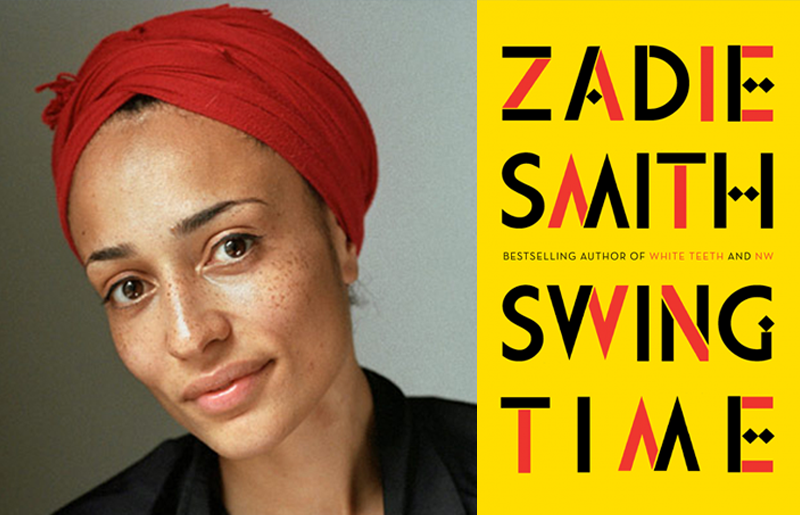


The move - away from plot, towards interiority - indicates a change in the type of novel Smith wants to write. Smith did well to avoid scenes of extraneous extraordinary action in NW, as such scenes tended only to destroy her earlier novels’ illusion of reality without offering anything more interesting. NW is concerned less with what will become of Leah and Natalie than how and why they became. Emphasis on interiority is necessary because the characters’ external lives - growing up, going to school, loving and hating university, getting married - are not noteworthy in an obvious way. The drama of NW occurs mostly in exploring the anxious, identity-crisis-prone inner lives of Leah and Natalie. The daughter of Caribbean immigrants, she like Leah is married to a European man whose dark skin color belies his background. On the other hand, Natalie (for that is her name when the story picks up) cannot bear stasis as it permits too much time for the terrifying activity of self-reflection. Her goal, bluntly stated in the novel’s early pages, is to remain in blissful newlywed stasis for eternity. Unlike her husband, Leah lacks both lofty ambitions and the desire for children. The first and most experimental section focuses on Leah Hanwell, a white half-Irish Londoner who is married, in typical Zadie Smith fashion, to a black French immigrant whose name (Michel) and lofty ambitions are subject, or so it seems to Leah, to constant butchering by everyone else. NW purports to follow the lives of four Northwest Londoners, but the stories of childhood best friends Leah and Keisha (who changes her name to Natalie), both of whom grew up in a projects-style council estate, receive the bulk of the novel’s space, depth, and energy. She wants it to reinvent her readership’s image of her even as it re-establishes her literary roots, and to revive the energy of her chosen form - the novel - even as it tries to revise the novel’s parameters. Zadie Smith expects a lot from NW, her fourth novel.


 0 kommentar(er)
0 kommentar(er)
